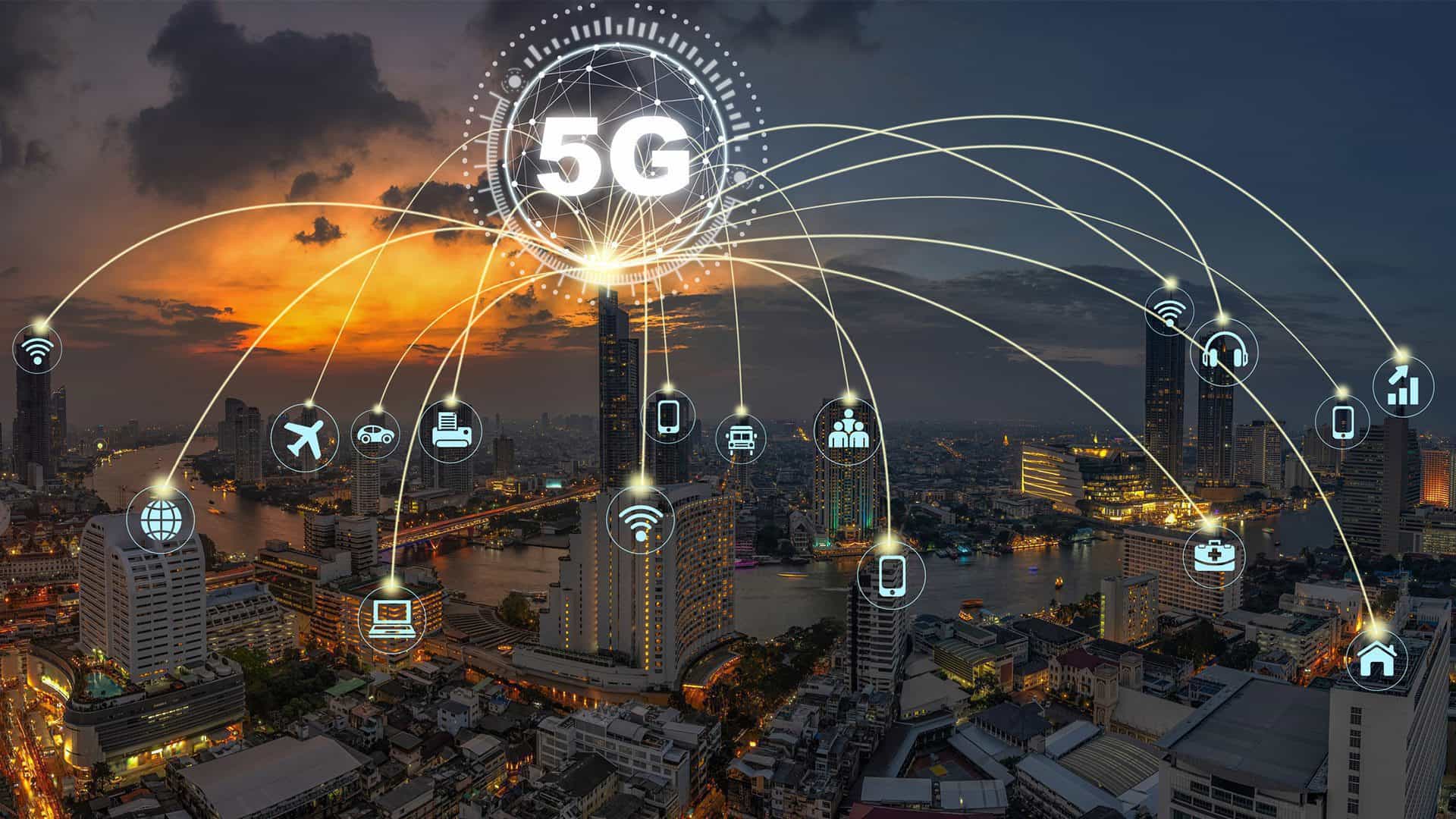What will change in next-generation 5G communication technology?
5G generation mobile communication system is a new communication standard and communication technology that replaces 4G, which is currently the mainstream in Japan. Through the 3GPP Third Generation Partnership Project in which standardization organizations around the world participate, the development of international standard specifications is progressing, and the countdown to the start of commercial services has begun.
Since mobile phones’ advantage in the 1980s, communication standards have changed generations approximately every ten years. 5G is said to be a communication standard that connects more different devices and applications than 4G, including LTE, also called 3.9G, which supported the explosive spread of smartphones.
The sufficient speed of 5G reaches 10Gbps, which is about 100 times that of 4G, But super-fast is not the only thing that excels. Combines three features multiple simultaneous connections that can connect to a large number of terminals of 1 million units per 1 km2, and ultra-low latency of about one millisecond 0.001 seconds, which is about 1/10 of the conventional one. It is expected that 5G will become the foundation of the IoT that connects everything to the Internet.
In addition to these three characteristics, network slicing is also attracting attention from various industries as an essential technology related to 5G. This term means the division of a network, and it allows you to build different virtual networks depending on what the service requires.
For example, one service can be used as a high-speed and large-capacity network, and another service can be used as a low-latency, high-reliability network.
Background of the Next Generation Communication Technology 5G
Communication delays are fatal in automated driving systems. If the centralized control center applies the brakes remotely, for example, if a 0.1-second delay occurs, a car running at 60 km/h will stop for about 1.7 meters before stopping. This is too late for situations where you need to brake hard. However, in 5G, while actually suppressing the data transfer delay in the wireless section to less than one millisecond, and improving the bottleneck factors such as communication between base stations and data processing of terminals, you are actually driving a car It is believed that remote control will be possible with a similar feeling.
Also, to exchange data with in-vehicle sensors and to send and receive high-definition video/map information for each running car, the functions of ultra-high-speed and multiple simultaneous connections are also essential. To realize an automated driving system, the specifications are insufficient with conventional communication lines.
Also, the spread of 5G will improve the functions of smartphones. In large-scale sports events such as the Tokyo Olympics, it is envisioned that services will be provided that enable users to play high-definition video information such as multi-angle and replay in real-time at the terminals of users who come to the stadium. A new communication environment based on 5G is indispensable to enable a large number of simultaneous large-volume data communications for tens of thousands of terminals within a particular area.
